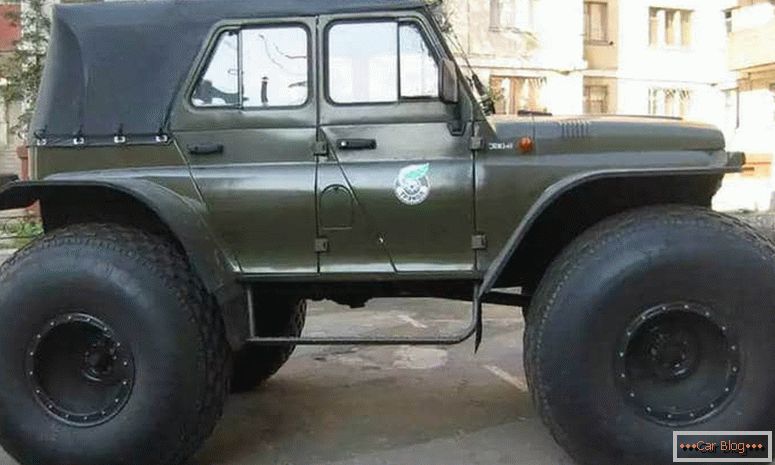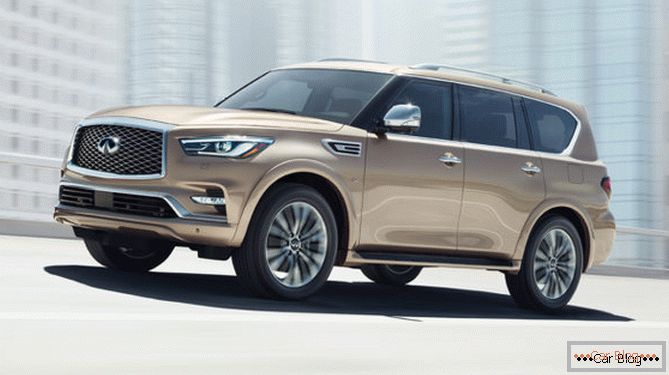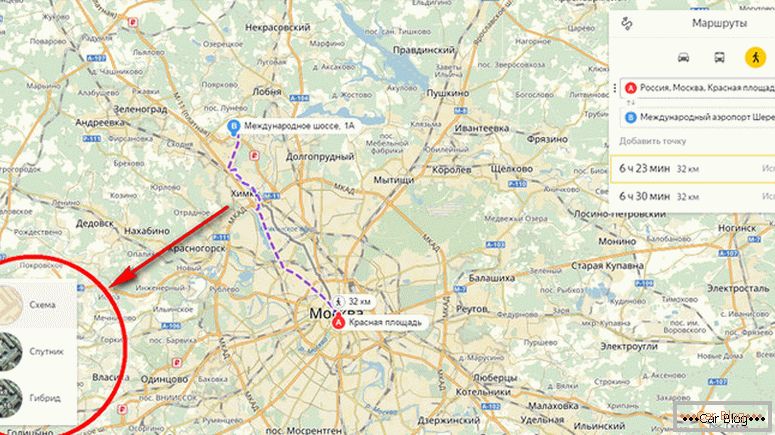At the Czech automaker, work on the second generation of Skoda Yeti is in full swing, the technical characteristics of which, the exterior and comfort, will surpass those in the models of the first series. There is less time left before its release, because the presentation and sales are scheduled for the second half of 2017.
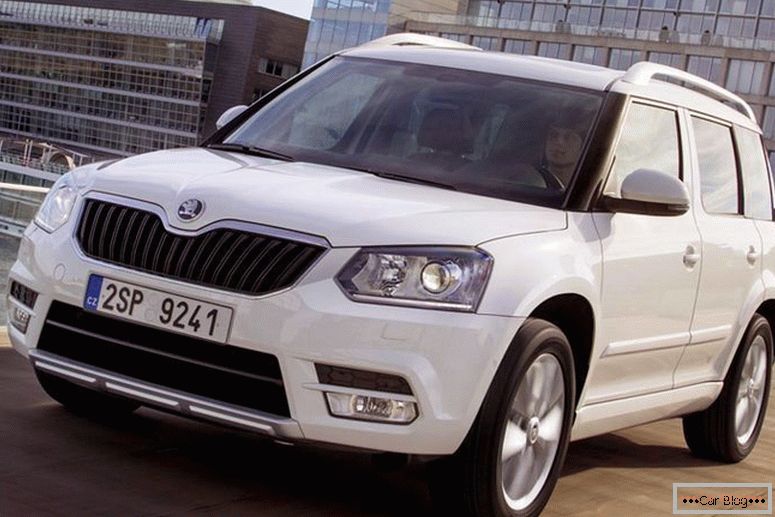
The engineers didn’t carry out another restyling, but decided to offer the next generation of a compact SUV. Let's hope that the novelty will be able to preserve the look of its predecessor, because both experts and car enthusiasts liked it so much.
And, despite the fact that the firstborn is made from 2009, it continues to enjoy great popularity and demand. What is so special about the Czech concern? It should be noted that the machine has a friendly character. Perhaps this is due to an unusual name. For a couple of years, sales overcame the mark of 500 thousand units. Crossover has managed to stand out and other qualities among the "tigers", "jaguars" and "bears."
Base - platform PQ35
The stylish urban compact SUV is a model assembled on the same PQ35 platform as the Volkswagen A5, Touran and Skoda RS, which is designed to create small cars. It features a fully independent front and rear suspension layout.
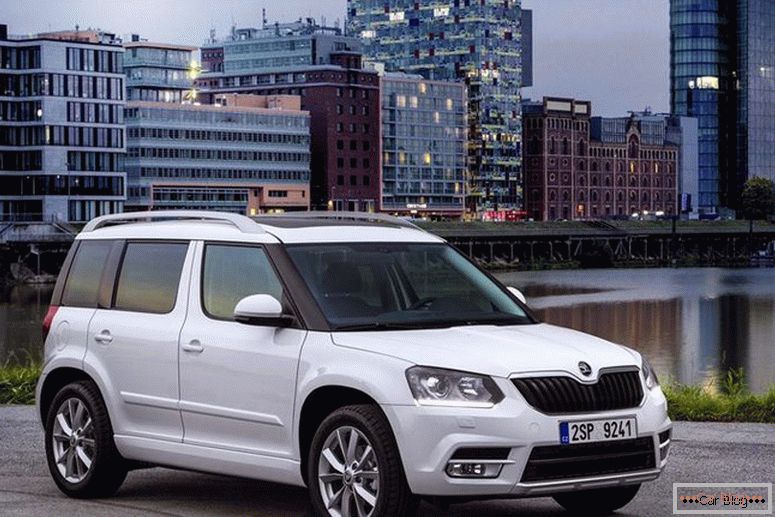
The peculiarity of the PQ35 is that, using the same modules, it is possible to install different power units and transmissions when designing a car. However, the gauge cannot be changed. Also, depending on the purpose of the car, it is possible to customize the operation of the suspension, the sharpness of the steering.
Replacing the classic hydraulic steering assembly with an electric one allows “calibrating” the necessary effort and reactivity in a large range (one and a half dozen options), reduce weight and increase reliability. Greater flexibility allows a completely new MQB platform. Perhaps it will be used in the construction of the second generation Yeti.
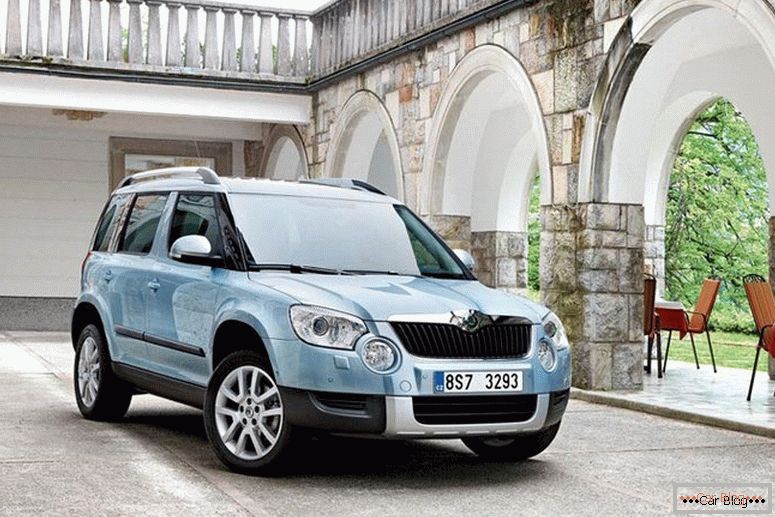
Small, but remote
Despite the small dimensions of the Skoda Yeti, being inside is very comfortable. This effect was achieved by placing unusual in shape translucent elements of a large area at the rear of the body. Visually increases the space panoramic roof and sunroof. Designers did not personalize the second row. This solution allows you to comfortably accommodate three passengers.
The unusual transformation of the second row increases the internal dimensions of the Skoda Yeti. The rear seats are spaced 8 cm apart from each other. They are compact in the folded state, so they are easily removed from the interior of the car, without touching the pillars and door cards.
Recommended article: Opel Adam Rocks - compact and original crossover.The volume of the trunk of the Skoda Yeti with the rear seats spread out is equal to 410 liters, and in the folded position - more than 1700 liters. When transporting bulky cargo there is the possibility of removing the back row. At the same time, VarioFlex from Skoda really works and works very functionally. The indisputable fact is that the cabin, together with the volume of the trunk of the Skoda Yeti, allows you to place, without disassembling, a bicycle with 28 inch wheels.
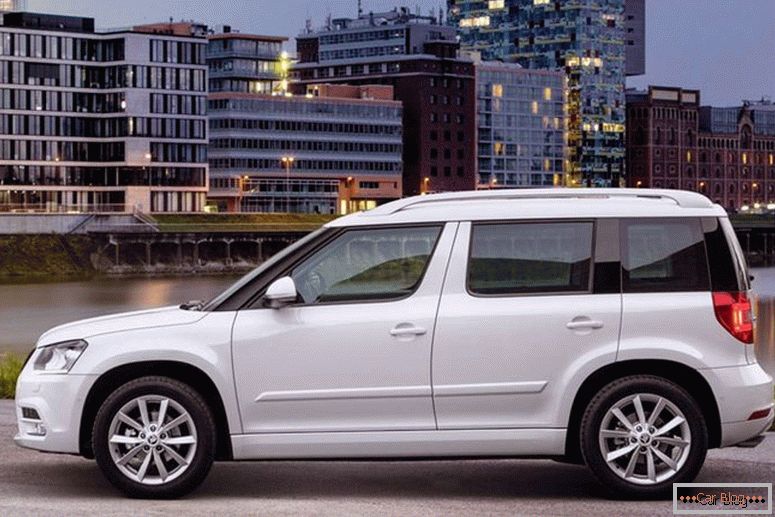
Power units
Initially, the line of power units was impressive, numbering a dozen different motors with power from 105 to 170 horsepower. After 2104, the number of engine options has decreased to six.
The most powerful among gasoline - injection unit with turbocharging. It has a power of 160 hp with a torque of 250 Nm / rpm at 4500 rpm. To overcome the mark of 100 km / h, it takes only 8.4 seconds. When operating in the city, according to those specifications Skoda Yeti from the manufacturer, 9.8 liters of 95 gasoline is enough. When driving on the highway rate is reduced to 6.6 liters of fuel.
You can not ignore the diesel engine with a volume of 2 liters with direct injection, equipped with a turbine. In the combined cycle consumption will be no more than 6 liters. With a power of 110 hp at 2.5 thousand revolutions, the torque reaches 250 Nm / rev. min. (as well as the previous version), which is quite good. Manufacturers have adapted the engine to the Russian standard of fuel, which is very important.
The mechanical six-speed robot box is a definite plus. Electronics allows you to focus on control, and it copes well with the choice of the optimal double-clutch operation mode. No pushing when switching to a higher or lower gear is not felt. With all the requirements for maintenance and operation of faults up to 200 thousand mileage, just should not appear.
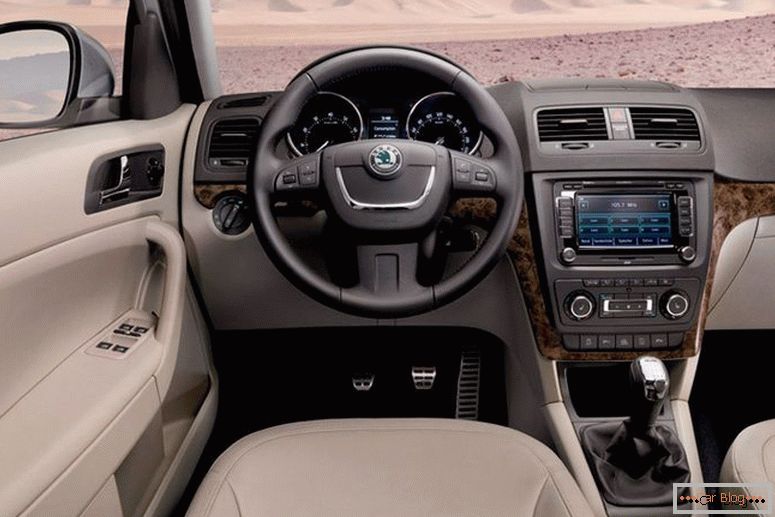
For active drivers who often use a crossover for driving over rough terrain, the classic version of the manual transmission is more suitable. Such gearboxes have proven to be good when driving on snow and mud for a long time.
Typical faults
Separately, we should dwell on the "childhood diseases" that afflict the motor of a compact SUV. Without exception, the turbocharged petrol versions feature increased oil consumption. And for 5-6 thousand mileage requires 1 liter of lubricant. This is considered to be a very good indicator, because according to information from dealers, topping up engine oil on a 1.8 liter engine is 0.8 liters per 1,000 km.
Recommended article: Fuel Filter Ford Focus 2 and its replacementTiming tensioner will be felt after 20 thousand mileage. The sound of a working gasoline unit is similar to the work of a diesel engine. You should not postpone visiting the service for a long time. Also, do not count only on replacing the tensioner, you will have to put a new timing chain.

In the first models, the weak point was the turbocharger, the failure of which was accompanied by a Check Engine display and a deteriorating acceleration, especially on the bottoms. In addition, drivers complained about the failure of the pressure sensor. It also required periodic cleaning of the exhaust manifold and the throttle body.
Most of the failures were promptly repaired under warranty service, and this was no longer observed in cars of the last years of production. It is worth noting the high reliability of main components and assemblies. This was achieved through the use of proven and "run-in" mechanisms used in previously manufactured cars of Skoda.
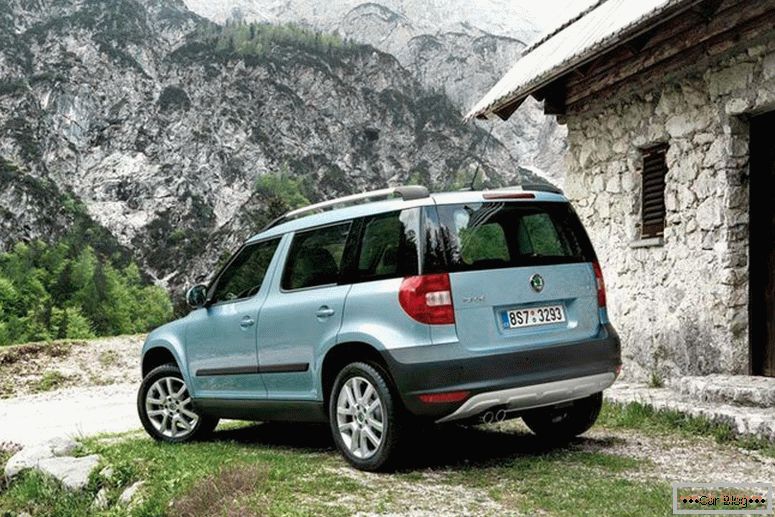
Patency
Skoda Yeti specifications allow you to demonstrate good off-road performance. Ground clearance of 180 mm, front and rear body kit allows you to easily enter at an angle of 19 degrees, and move under 26. Do not have illusions and tests, trying to get out of deep rut. Auto can tritely sit on the "belly". As, however, and many other crossovers.
Four-wheel drive deserves special attention. Yeti will surely overcome any obstacles, but nevertheless it is not worth overestimating its possibilities. The rear wheels are included in automatic mode. The smart Haldex is responsible for this. When driving on a flat area rear-wheel drive also works, but only 1/10 of its capabilities.
At speeds up to 30 km / h, Off-Road complex helps to cope with obstacles. This mode allows you to significantly reduce the time (100%) turn on the rear pair. Information from sensors and systems is processed in a fraction of seconds, which allows you to quickly connect when you start off and hit areas with a complex surface.
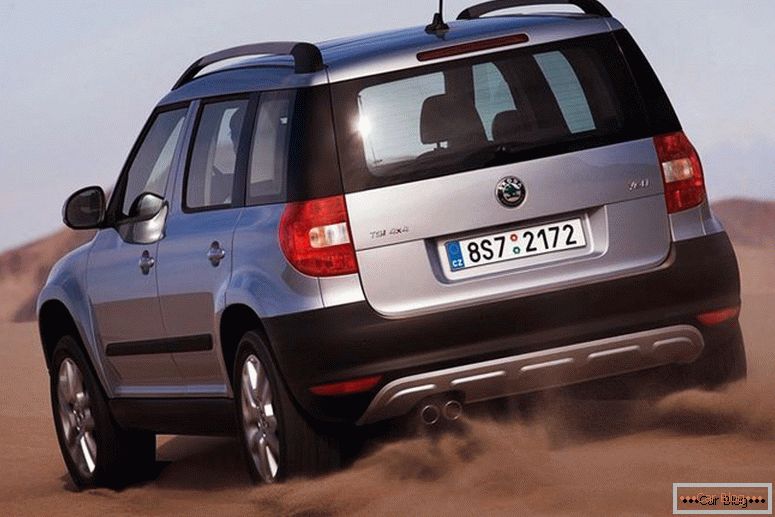
Do not dig, but rather get out, it is easy thanks to the work of the original anti-slip mechanism. He is responsible for locking the wheels and creating a “snowdrift” platform from the ground for further movement. Get the title of "Absolute Crossover" is possible only if the axle and cross-axle lock is installed, but their absence is successfully compensated by clever electronics.
Competitors
There are enough of them in this segment. Take at least the Opel Mokka. The overall dimensions of the Skoda Yeti are almost the same as those of the Mokka. Inside there is also enough space, where there is a comfortable seating for passengers and where to lay the load.
Recommended article: The Japanese announced the appearance of a seven-seater modification of the new-generation Honda CR-VA 140hp motor is installed under the hood. Skoda Yeti characteristics are very similar to Opel. The version with all-wheel drive and automatic gearbox is a bit cheaper. This difference is explained by the domestic assembly, which takes place in Kaliningrad according to the SKD method.
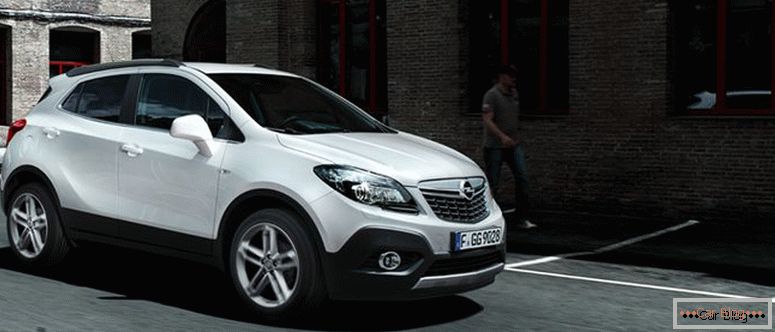
If to compare with Mitsubishi ASX, then in the last version the Japanese got rid of the “diseases” of the suspension. His appearance remained almost unchanged, but the interior has become much better.
ASX production takes place in the North American continent, but the quality remains as high as when assembled in Japan. Mitsubishi is equipped with three 117, 140 t petrol engines, 150 “horses”. Four-wheel drive is a weak link, because it is supposed to be installed only on the most powerful version of the car. The size of the Skoda Yeti is inferior to Mitsubishi, but surpasses all competitors in the configuration.
Bi-xenon headlights, coupled with LED lights, are more economical and more reliable in design. The “Corner” function installed in the fog lights allows you to increase the angle of illumination, as well as detect inconspicuous obstacles. Additional airbags set for rear row passengers will increase safety.
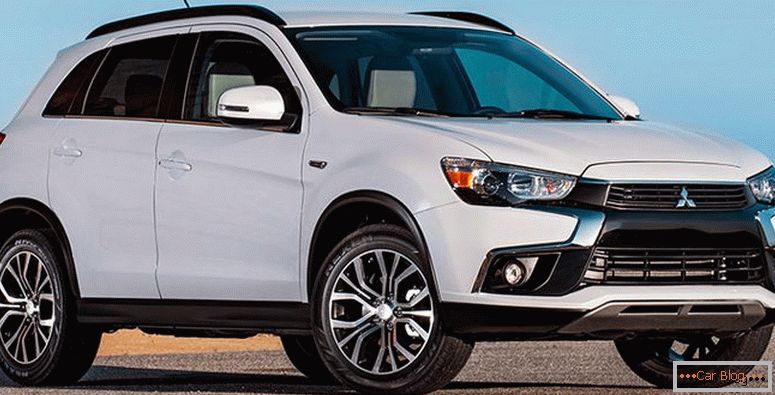
A special system will be able to determine that the driver is overworked behind the wheel. Provided for heated windshield. Carry out parking without driver intervention system can Automatic Parking Assistant. Also significantly increase the visibility of the rear view camera. In these and other little things there is concern for the driver and passengers, their comfort and safety.
According to unconfirmed information, the appearance of the auto Skoda Yeti and technical specifications will be significantly changed in the second generation. Some pictures have been leaked, allowing to make the assumption that the novelty will have a classic shape without the original rear glazing and a “fun” front end. All this will be available very soon.
And then the video test drive Skoda Yeti on the roads and not only:

